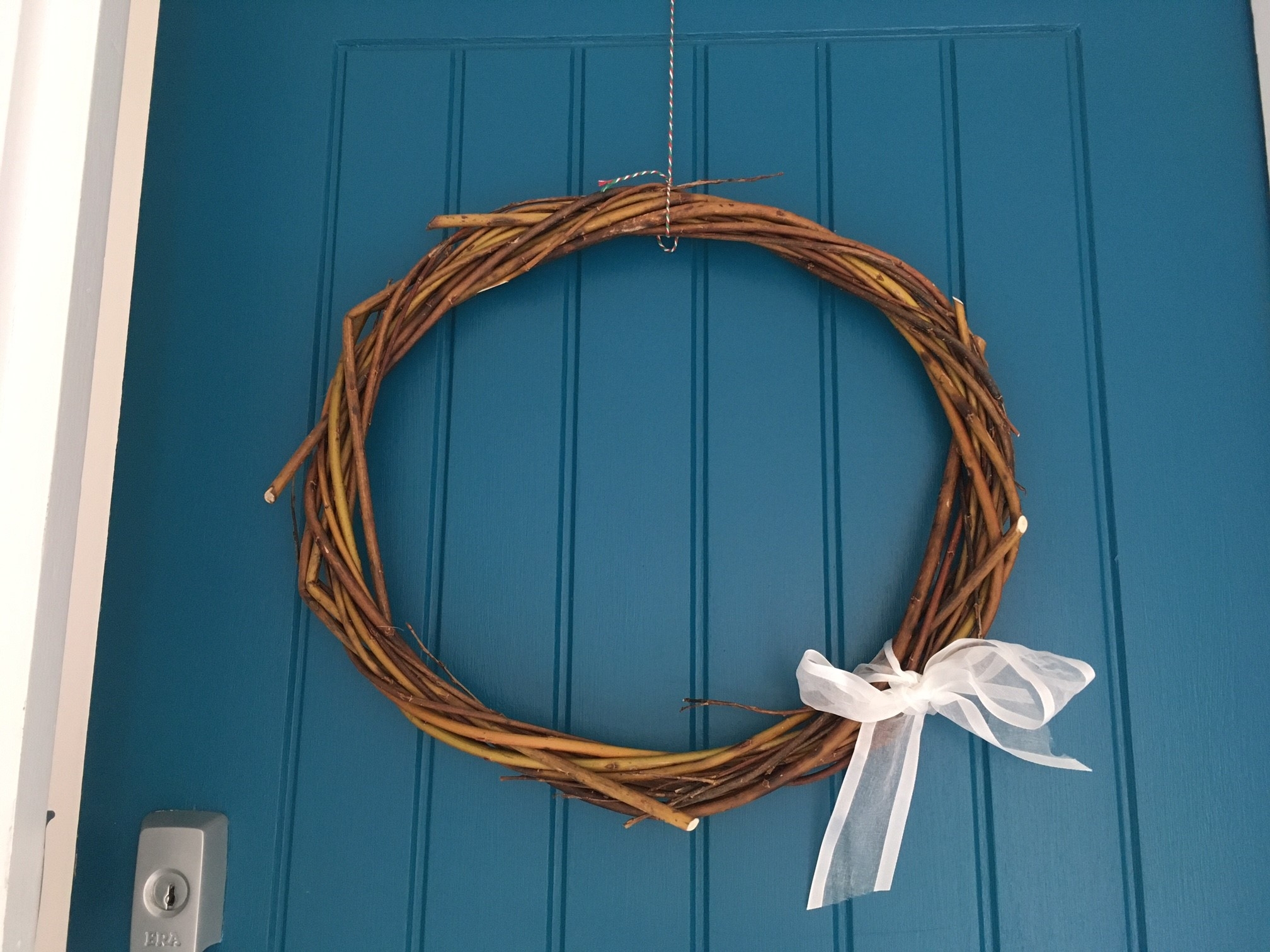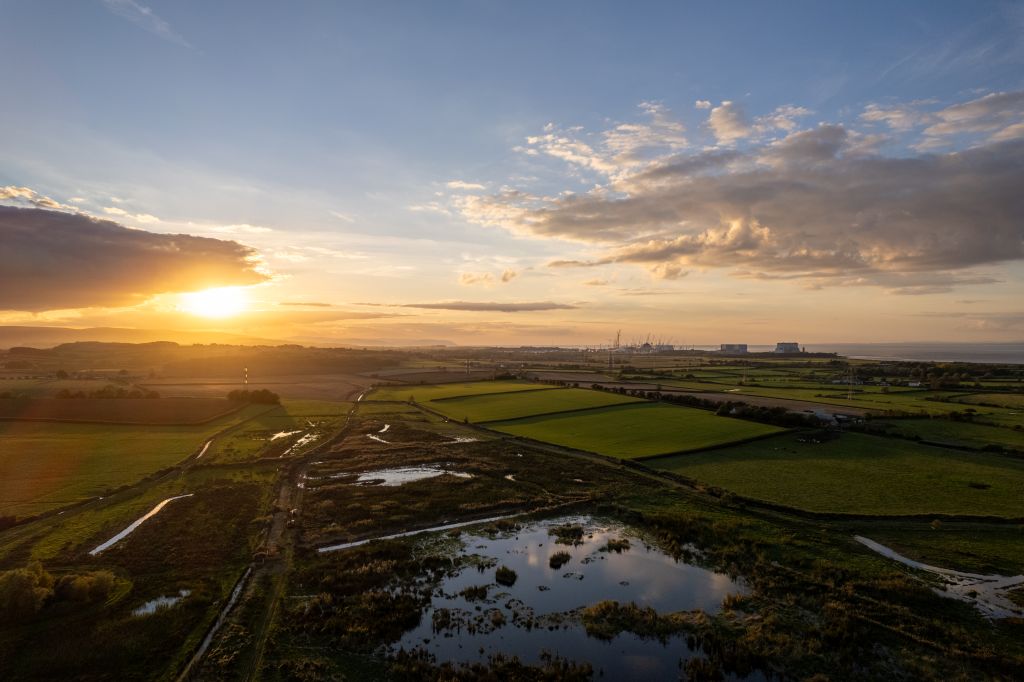Measuring insect emergence on ponds
Senior Research Officer Dr Sarah Davies explains the trials of emergent insect traps on freshwater ponds at WWT Steart Marshes.
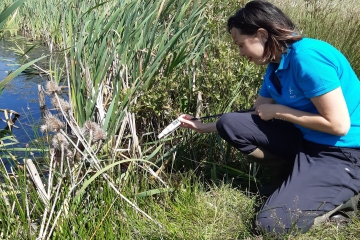
Emergent insect trap trial at Stockland ponds
This June I have been continuing to plan a study about farmland ponds and biodiversity, and part of this has involved a trial run at Steart Marshes. Fieldwork will be taking place across several farmland ponds on the Somerset Coast to investigate the benefits of these small waterbodies to terrestrial wildlife. At each pond I will be measuring the daily emergence of insects that develop underwater and leave the water surface as flying adults. Examples of these kinds of invertebrates are mayflies, caddisflies, craneflies and midges. These insects often emerge in large numbers, providing a plentiful supply of food for terrestrial wildlife such as birds and bats. Ponds have been described as “insect chimneys” or “honey pots”, attracting in terrestrial wildlife.
To show the value of these insects for wildlife, I will attempt to relate the daily emergence of insects from farm ponds to the activity of birds (focusing on swifts, swallows and martins) and bats visiting the ponds. This will help me determine whether the ponds that harbour more flying insects are used more often for foraging by these animals. In my study I will be visiting the same eight farmland ponds every day over a week long period, since during any one day an individual pond could have a mass emergence event. This design will allow me to understand more about how this occurs, and whether birds can track the ponds where more insects are emerging. Each pond will have its own emergence trap which will be checked daily for insects, and bats will be monitored using a recording device known as an AudioMoth. Birds will also be surveyed once a day using a point count method.
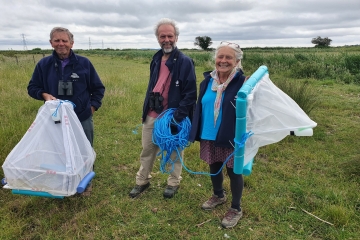
I put my D.I.Y. skills to the test to build four pyramid shaped emergence traps out of piping and mosquito netting, using a design I found on YouTube from researchers in Colorado. The traps are designed to float on water with the addition of swimming floats, and each have two connected bottles attached near the top of the trap to funnel in insects. The second bottle can screw off from the first so that new bottles can be swapped in and out on consecutive sampling days. University College London (UCL) kindly sent down another four traps which have a slightly different design, but which I was able to attach bottles to. Both traps cover roughly the same surface area but the UCL traps are a lot taller. To capture insects, water and a few drops of washing up liquid can be added to the collection bottle, causing insects to sink into the water. They can later be transferred to ethanol, ready for identification.
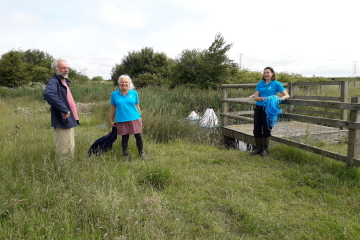
To check the effectiveness of the two kinds of traps, myself and some volunteers tested them out at the mitigation ponds at Stockland marsh. A medium-sized pond was chosen which was known to harbour lots of dragonflies in the summer. The two traps were floated out onto the pond and secured to the banks with metal pegs and rope. We piqued the interest of a couple of grazing cows, who were probably wondering what on earth the strange pyramids in the pond were, but they soon lost interest in us once they realised there would be no food for them! After the traps were safely secured, the water temperature of the pond was recorded using a hand-held probe and a 15 minute point count survey was carried out for swifts, swallows and martins – although sadly none appeared for us that time. We then left the traps overnight to do their job at capture insects.
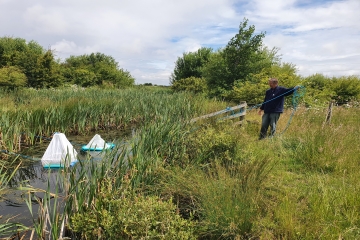
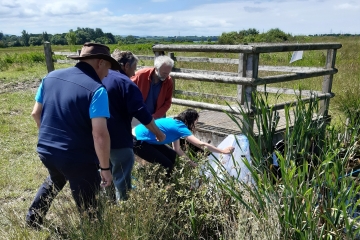
The following afternoon, we checked the traps to make sure they were still in place and intact (which thankfully they were), untied them and gently brought them back onto the banks of the pond. The collection bottle was removed and checked for insects. We placed the traps under a piece of cardboard to prevent any insects still in the pyramid from escaping and I used an insect aspirator to collect insects clinging to the inside of the netting, adding them to the collection bottle. A second swallow survey was carried out (this time with a swallow and a swift recorded!) and the water temperature was recorded again. We found that not very many insects were captured in the net, and even fewer in the bottle, but this may have been because there had been a lot of rain overnight, limiting emergence. Another reason could be that we floated the traps to the centre of the pond, and the traps may have captured more insects if they were closer to the banks where there is more underwater vegetation for insects to emerge from. Next, the insects from both traps will be counted and identified to order level (suborder for flies) to see if there was a difference between the trap designs, the number of insects emerging, and the type of insects collected.

This trial has been very valuable and has shown me that the traps should be placed nearer the pond edge in the full, main study. It also confirmed that daily emergence will probably vary a lot, and be tied strongly to local weather conditions and water temperature. I will also be making some minor adjustments to the traps I made myself, so that they are optimised for insect collection. Hopefully the study will highlight the value of ponds for providing aquatic subsidies, and be of great use to both pond and landscape conservation.
This project is funded by the government’s Green Recovery Challenge Fund. The fund is being delivered by The National Lottery Heritage Fund in Project Partnership with Natural England and the Environment Agency.
